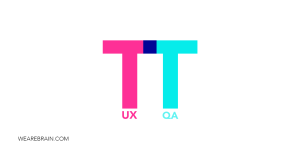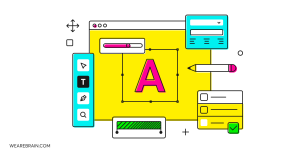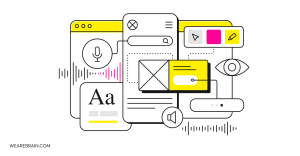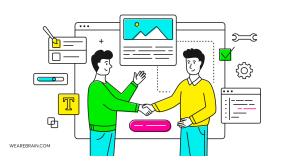UX research: What is it and how is it done?
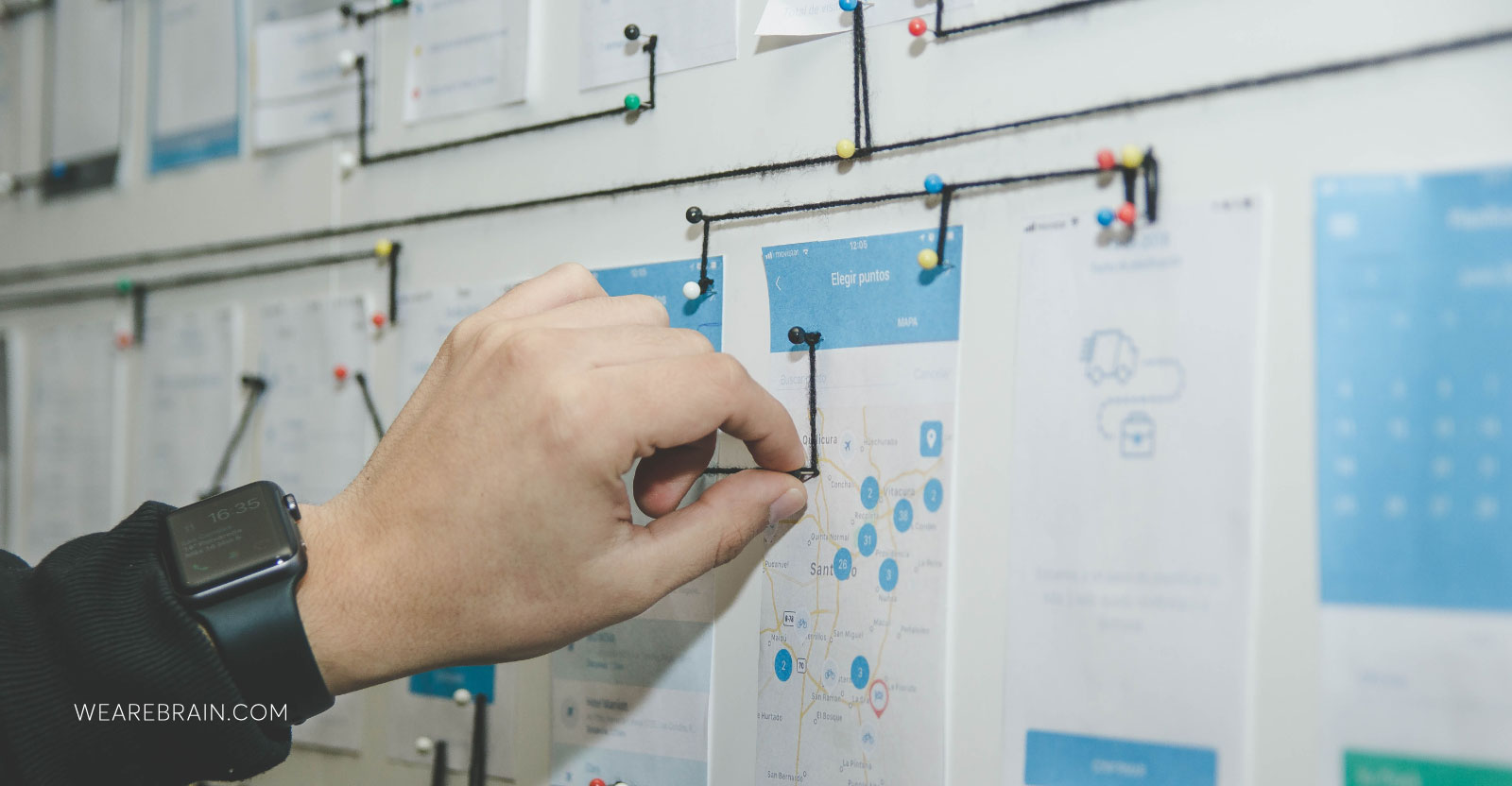
The best way for UX and UI designers to have any chance of creating memorable user experiences is through thorough research and continuous iterations. The iMac wasn’t Steve Jobs’ first attempt at a powerful desktop computer, neither was the LaFerrari for Enzo Ferrari. True greatness and complete user buy-in is the result of thoughtful design based on targeted research.
When it comes to UX, creating the best possible user experience is beset upon careful attention to detail and, most importantly, understanding the user’s needs completely. Most importantly, if you are daunting with the idea of building your own app, you’ll have to get acquainted with UX research.
What is UX research?
According to the Interaction Design Foundation, UX research can be defined as “the systematic investigation of users and their requirements, in order to add context and insight into the process of designing the user experience”. But UX research isn’t as straightforward as studying the takeaway menu of your favourite restaurant. It’s far more complicated than that. UX research uses various tools and techniques to reveal facts and conclusions, to discover issues which affect the overall user experience. This process reveals important information in order to inform the design process.
By using a systematic approach to gathering vital information from a variety of methods, (including usability testing, user interviews, diary studies, card sorting, contextual studies and user personas) , UX researchers rely on a structured selection of tools for gathering and interpreting this information. Data-driven changes from user feedback can be made at any time of the development process, from ideation to validation phases, meaning UX design informed by UX research can happen as and when issues arise. This helps designers create products based on validated assumptions, reducing the cost of a successful product delivery.
How is UX research done?
There are a variety of tools and methods available when using a systematic approach to UX research. Below are the most widely used techniques because they have proven to be the most effective tools for gathering information to inform the design process. Let’s take a closer look.
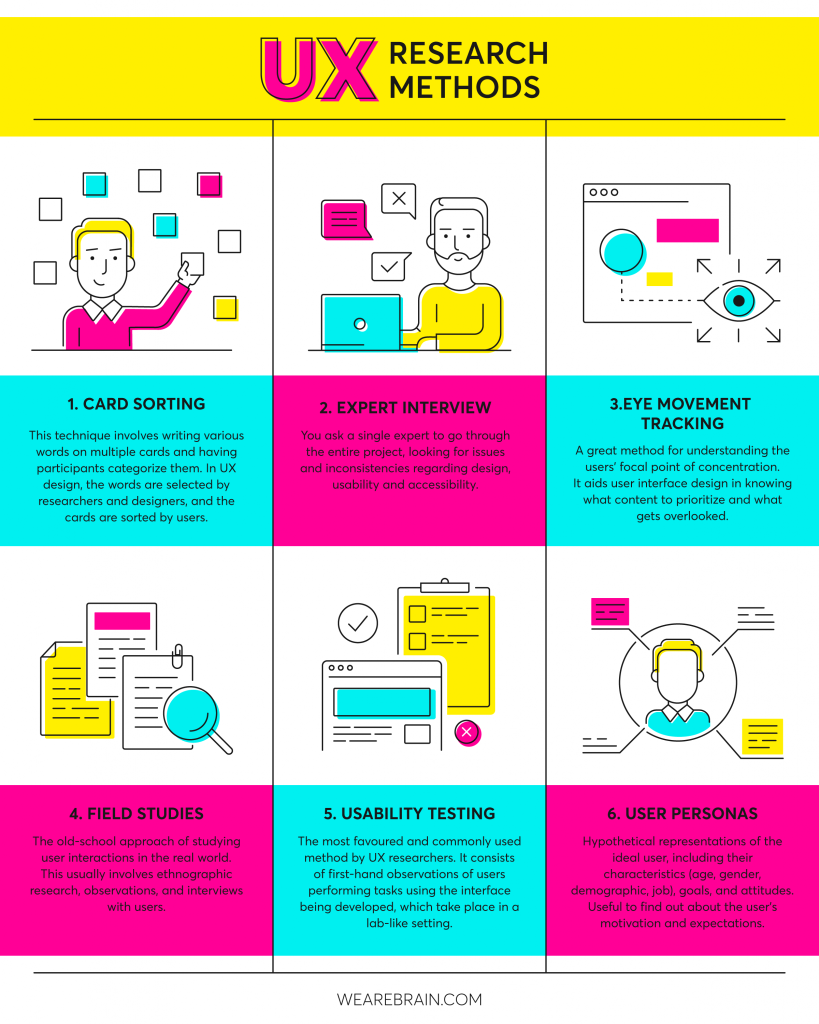
Card sorting
If you’ve ever been involved in a team strategy session or workplace bonding camp, you will no doubt have come across card sorting. This simple yet effective technique involves writing various words on multiple cards and having participants categorize them. The process is fundamentally the same in UX research, the only difference being that the words are selected by UX researchers and designers, and the cards are sorted by users. It’s an effective tool for ascertaining whether your ideas and information architecture (IA) are on the right track. You aren’t reliant on proximity to conduct them these days, as there are many online card sorting applications available to help teams bridge geographic limitations by doing it remotely.
It’s cheap, easy to understand and simple to do, for both researchers and users. It’s a great way for researchers to get user input and validation on design and UX elements first-hand. Try it out.
The expert review
As the name suggests, this process involves a single expert walking through the entire project, looking for issues and inconsistencies regarding design, usability and accessibility. There are no set rules for this as the process varies among experts and products. The main focus is identifying niggling issues when it comes to the overall user experience to make the process more intuitive and easy to use. Experts have a good idea of what to look out for and are in a good position to predict issues which may arise further down the line.
This process is affordable as it only involves one expert conducting the walkthrough, which helps a lot when considering the cost of formal usability testing methods. On the other hand, these tests should not be taken solely at face value — after all, it is only one person’s professional input — so it is a good idea to conduct further tests to see if the expert’s review holds up.
Eye movement tracking
Any seasoned UX researcher will tell you that knowing where users are looking when using a system is of paramount importance as it aids user interface design in knowing what content to prioritize and what content gets overlooked. It shows UX researchers and UI designers the overall potency of certain layout and design elements, and which combinations users respond well to. When you have a good idea of users’ focal point of concentration you can chart your map through the user journey and ensure crucial information is presented at various touchpoints.
Eye-tracking technology can be expensive, but thanks to recent advancements in the tech used we’re beginning to see prices drop, much to the delight of UX research teams. As the tech becomes more sophisticated it will be less invasive and will not in any way interfere with usability testing. Results will become more reliable as the tech improves and it is a great way for UX and UI teams, as well as clients, to see real-time results of how their work directly impacts users.
Field studies
This old-school approach to research refers to the method of studying user interactions in the real world. Much like an anthropologist studying lost cultures in ancient forests, UX researchers go directly to the source of information and witness how interfaces are used by people within the intended context of use. This usually involves ethnographic research, observations, interviews with users — all under the umbrella of contextual application.
It’s a great way to see how people use and experience your product as they normally would, far removed from being watched in a usability test. It’s one of the best methods of gathering vital information regarding how end users will actually experience your product in a real-world setting.
Usability testing
The most favoured and commonly used method enlisted by UX researchers across the globe. Usability testing involves the first-hand observation of users attempting to carry out tasks using the interface/project being constructed, and it can be conducted for single-use operations or testing of the entire project. It is a really great way for researchers to examine each step a user takes during a testing process in order to be able to break down every touchpoint of the user experience. Having the subjects ‘in the lab’, so to speak, allows UX researchers to have complete autonomy over the type of testing, time allocations, iterations and other various elements they can employ to get a complete understanding of users interacting with their product.
Usability tests create a framework or a bible of user behaviour which is crucial information to consider when designing UI. Each test produces a specific result which leads to a specific action, informing UX and UI architecture and design.
Usability tests can also be done remotely if time and money are hindering factors. It also helps to gauge the ethnographic considerations of the entire development process. If you need to conduct usability tests across a wide range of ethnicities and cultures and can’t afford flying them all into one lab, then tools such as Usabilla can perform the same functions, only remotely.
User personas
Marketers have been licking their lips for years at the user persona process as it continually proves to be highly informative when it comes to understanding your target audience. User personas are hypothetical representations of the ideal user which highlight the user’s characteristics (age, gender, demographic, job, etc.), their goals, and general attitudes they display. This is to find out what each user’s motivation for using the product is, and what the user expects to get out of it.
Users are given names and backstories to make these hypothetical dream persona’s as close to a real-life user as possible. When you understand the motivators of your ideal user then you can begin to create a memorable user experience which caters to their specific needs.
Summary
At the heart of UX research is the quest to gather as much information about users as possible. Then, their identified needs and expectations can be met through intelligent and thoughtful UX and UI design. There are a host of tools and methodologies available to help UX researchers gather vital information to inform development across the board. Much like actors who give their best performances in roles created for them specifically by a director (think Scorsese and DeNiro or Coppola and Brando), the best user experiences will derive from UX researchers and UI designers taking time to understand their ideal users intricately. Only once you know who you are creating for can you begin crafting user experiences that surprise and amaze.
Anastasia Gritsenko
Working Machines
An executive’s guide to AI and Intelligent Automation. Working Machines takes a look at how the renewed vigour for the development of Artificial Intelligence and Intelligent Automation technology has begun to change how businesses operate.




